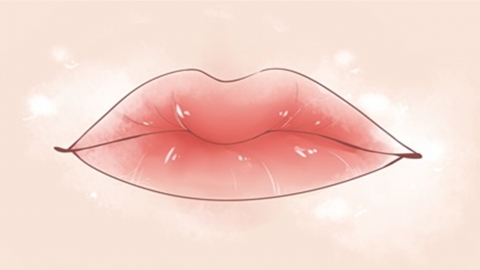Will the flesh of the lips regenerate?
The lips are composed of skin, mucous membrane, muscle, and subcutaneous tissue. Their regenerative capacity is closely related to the extent of injury, tissue type, and individual healing ability. Mild injuries generally can regenerate, whereas severe injuries may not.

Regeneration typically occurs in cases of mild injury. For example, when the lip is slightly bitten or scratched, with damage limited to the epidermis and superficial mucosa without affecting deeper muscle layers, the body's natural repair mechanisms are activated. Mucosal cells rapidly divide and proliferate, while the outer skin layer gradually regenerates. The wound usually heals within one to two weeks, leaving no significant scarring, and both the shape and function of the lip generally return to normal.
Poor regeneration is common in more severe injuries. If the lip suffers deep lacerations, extensive tissue loss, or serious burns that damage underlying muscle, subcutaneous tissue, or even bone, its regenerative capacity is significantly reduced. In such cases, natural healing alone cannot achieve complete tissue restoration, potentially leading to tissue defects or excessive scar formation. These complications may not only affect the lip's appearance but also cause functional impairments such as difficulty opening the mouth or speech problems. Surgical interventions—such as flap transplantation—are often required to restore appearance and function.
If you experience any lip injury or other bodily discomfort, it is recommended to seek medical attention at a hospital promptly and follow professional medical advice for treatment.










